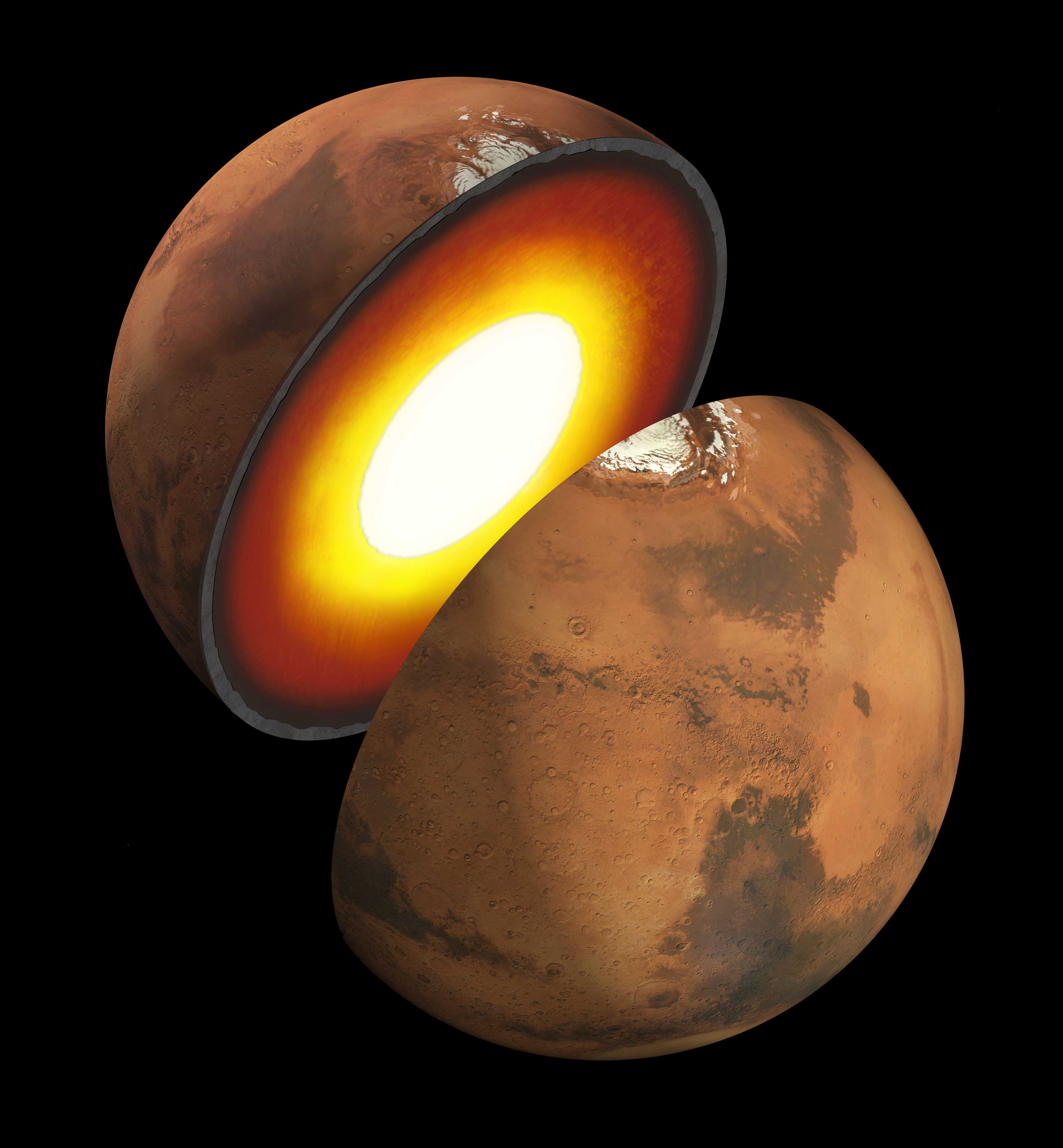
Daedalus’ situation was desperate: to keep the secret of the labyrinth, King Minos had trapped its creator, Daedalus, and his son Icarus in the maze with the man-eating Minotaur. In a fit of inspiration, Daedalus crafted two pairs of wings of feathers and wax. As they flew out over the Aegean Sea, Daedalus admonished Icarus not to fly too close to the Sun or else the wax holding the feathers would melt.
Famously full of flawed physics, this fabulous fable foreshadows the forbidding future for a planet newly discovered using data from NASA’s TESS Mission. Dubbed a “warm Jupiter”, TOI-3362 b swings around its host star every 18 days. Like Jupiter, it is a gas giant planet (with a mass five times greater than Jupiter’s), but, unlike Jupiter, It sweeps past its host star every 18 days on a wildly elongated orbit that flash-heats the planet. And like Icarus, TOI-3362 b will one day plunge disastrously into the sea (although in this case, it’s not the warm Aegean but a sea of molten plasma).
Continue Reading


